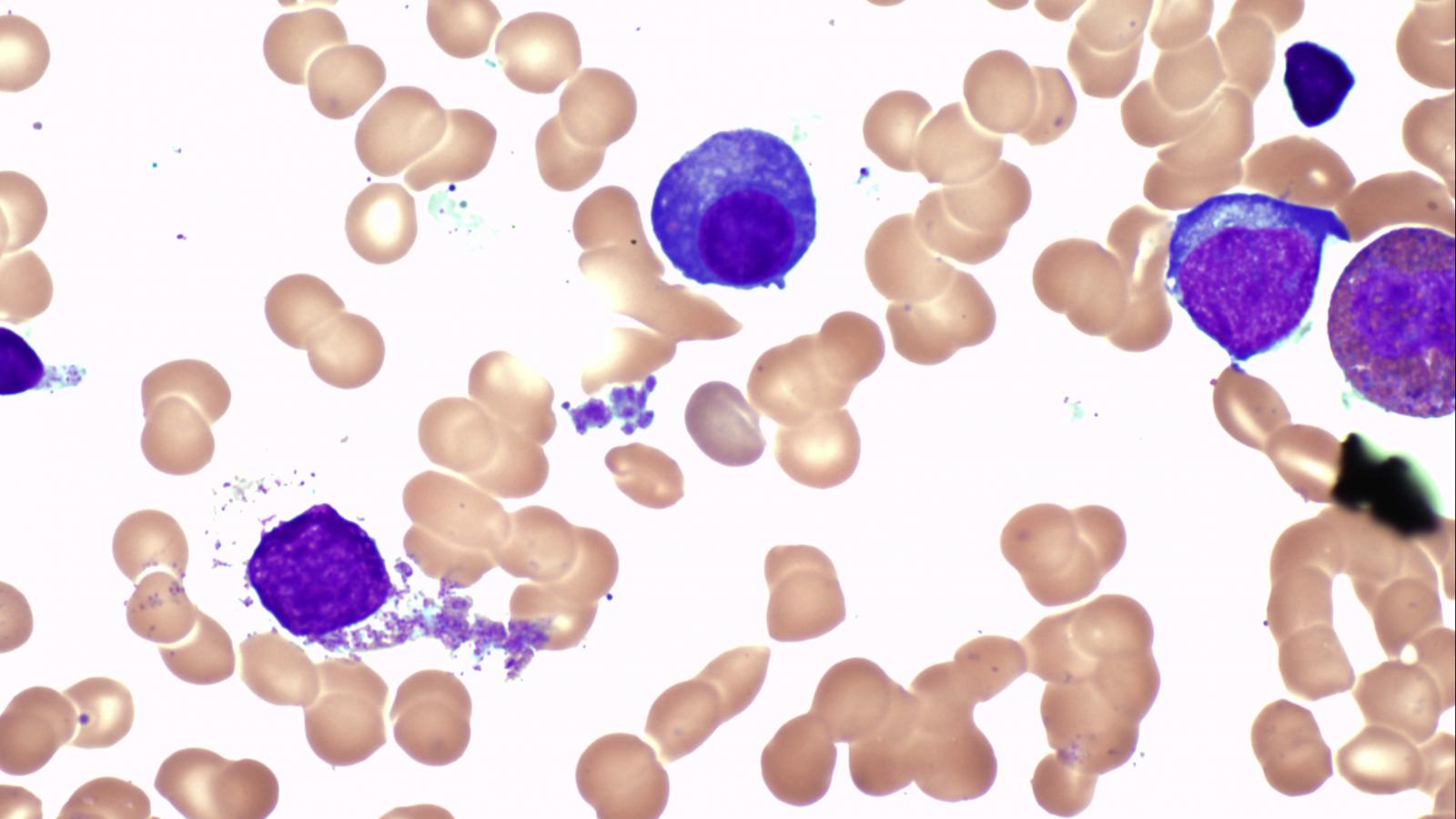Staging and grading vulval cancer

What are the grades of vulval cancer?
Grading describes how quickly the cancer may grow and spread.
Low-grade vulval cancer
The cancer cells look only slightly abnormal, much like normal vulval cells. The cancer is usually slow-growing and less likely to spread than high-grade vulval cancer. This type is also known as well differentiated vulva cancer.
High-grade vulval cancer
The cancer cells look fairly or very abnormal and are more likely to grow quickly. This type is also known as poorly differentiated vulva cancer.
Grading describes the cancer cells – what they look like and how they might grow
Staging describes where the cancer is in your body and how far it may of spread
What are the stages of vulval cancer?
Staging means finding out how deeply the cancer has grown into the vulval and if it has spread to other parts of your body. Staging, along with grading, will help your doctor to plan the best treatment for you.
The staging used in vulval cancer is usually the FIGO staging which stands for International Federation of Gynaecology and Obstetrics. It has 4 main stages.
Stage 1a
Cancer is only in your vulva or perineum
Stage 1b
Cancer is still in the vulva or perineum but is slightly larger in size
Stage 2
Cancer has spread into the nearby tissues such as the vagina or anus
Stage 3
Cancer has spread from the vulva into the lymph nodes near the vulva
Stage 4
The cancer has spread to nearby or distant organs
Some doctors will also uses the TNM staging which stands for:
- Tumour (T): How big the tumour is in the vulva
- Node (N): The amount of cancer in the lymph nodes surrounding the vulva, if any
- Metastasis (M): If the cancer spread to other parts of the body

Staging can be hard to understand, so ask your doctor and nurse for more information if you need it.
For more information
Phone
1800 200 700



